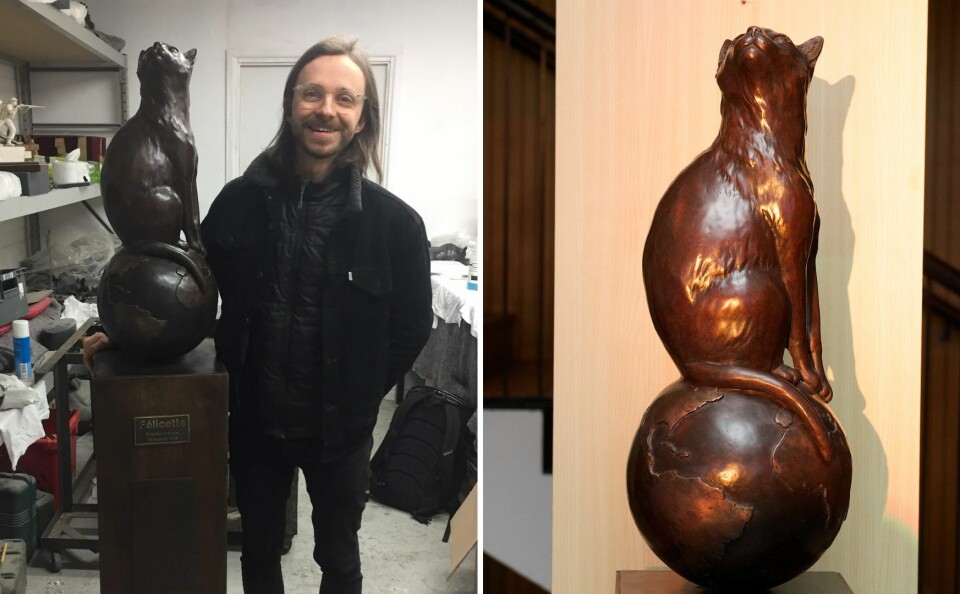-
Step back in time for some ‘dinosaur’ planting in your French garden
Captivated in the garden this month by one species of plant that dates back 200 million years, and another which is one of the oldest flowering plant families on the planet
-
Classic French recipe with an exotic twist: caramelised onion soup
A dish inspired by the travels of two Paris chefs
-
September 7 ‘blood moon’: how best to see it in France
The total lunar eclipse will be visible across all of France
Did you know? The first cat to survive space travel was French
We share the story of Félicette the feline astronaut and a crowdfunding campaign to immortalise her in bronze

Space conquest has always been recorded in history books as an extension of the war between the United States and Russia during the Cold war.
Neil Amstrong is the first man to have set foot on the Moon. Yuri Gagarin is the first man to have travelled in space. Laika is the first animal, a dog, to have conquered space. Ham was the first animal, a monkey, to have survived the trip.
But France has Félicette, the first cat to have come back alive after space-travelling, and named after its resemblance to Felix the Cat.
How Félicette went to space
The year is 1963 and France wants to play its part in space-conquering.
14 cats are selected to undergo a range of tests designed to find the most robust and likely to survive the flight onboard Véronique AGI n° 47’s space rocket.
Cat 341 stands out from its fellow feline competitors. It is chosen by doctors to go aboard in a cylindrical isothermic chamber for a 30 minute-ride that takes off in Hammaguir, in the Algerian desert, at 8:09 in the morning on October 18.
The 42 second thrust scares Félicette, who suffers 9.5G – or 9.5 times her weight – and partially loses consciousness during the effort. However, she sustains the trip and lands safely.
Her story is widely covered in the French media, broadcast on TV and printed in Paris Match, and postcards bearing her image are printed.
However back in France, Félicette is euthanized for research reasons behind closed doors to avoid a public backlash.
Discovered on a tea towel
Her story remained almost unknown until the autumn of 2017 when Matthew Serge Guy, a 36-year-old British citizen working as a creative director in marketing, spotted a cat on a tea towel commemorating the 50th anniversary of the first cat who went to space.
He explained more to The Connexion: “There was no name for the cat on the towel, nor did it resemble Félicette. It was illustrated in a constructivist style, which naturally led me to think it was the Russians who sent a cat to space,” he said.
“It was so surprising to me that I hadn’t heard of Félicette before. Especially in the internet-cat-meme culture we live in,” he added.
Mr Guy opened a crowdfunding campaign that raised €49,000 to pay tribute to Félicette and partnered with British artist Gill Parker to design a statue sculpture.
Read more: Sensory sculpture: get in touch with art in Bordeaux
Félicette immortalised in bronze next to Yuri Gagarin
He said he was inspired by the examples of Laika and Ham, which received honours from both Russia and the United States.
Laika has a statue in Moscow while Ham’s skeleton is held in the collection of the National Museum of Health and Medicine.
The full sized version was made in clay, which was used to make the moulds for the bronzework.
It was eventually offered to the Université internationale de l’espace in Strasbourg (Bas-Rhin) on December 18, 2019. It sits in the building hall next to...Yuri Gagarin.
Related articles
Cat owners in France urged to vaccinate pets against fatal disease
























